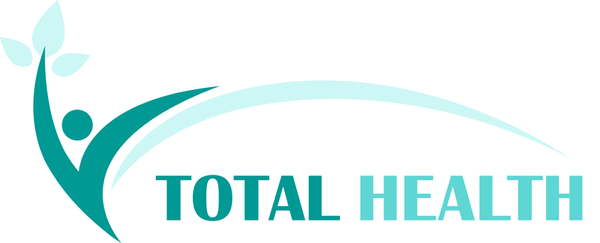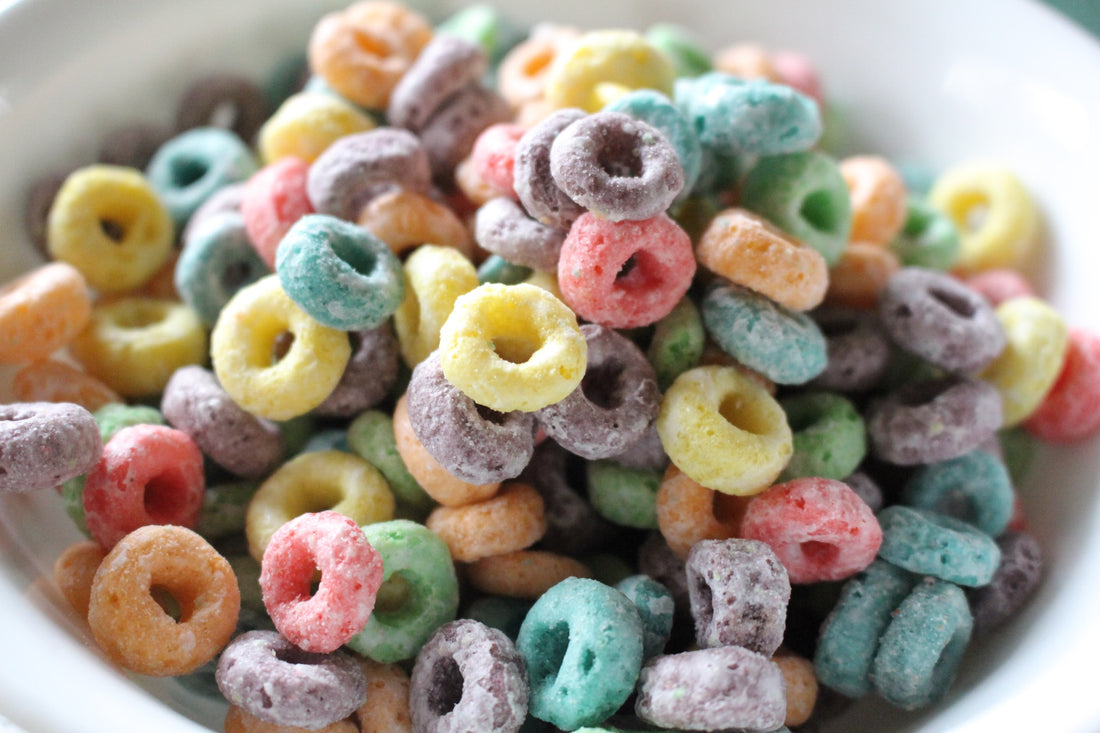Food additives are substances added to food to increase shelf life, change its taste and appearance or make it cheaper and easier to manufacture. Some additives have been used for centuries; for example, preserving food by pickling with vinegar or salting bacon. With the advent of processed foods in the second half of the 20th century, many more additives have been introduced, of both natural and artificial origin.
It's a sad fact, but food is not just food anymore. Over the past 50 years the use of food additives has skyrocketed to the point where very few of us have any real idea exactly what's in the food we eat. Alarmingly, the rates of diseases such as cancer, obesity, diabetes, autism, depression, asthma and ADHD have also increased dramatically over this time. Every year, Australians consume over 5kg of food additives each, yet how many of us really know what these chemicals do, which ones are safe and which ones are known to be harmful?
As a rule of thumb, if a food manufacturer tries to hide behind an additive number like "colour 102" or a generic term like "natural flavour", they have something to hide. Generally, if a manufacturer is using a good product like "peppermint oil" as a flavour, they will put "peppermint oil" in the ingredient list, not "natural flavour".
Natural does not necessarily mean good or healthy. There are lots of natural poisons, and some products start life as a plant like soy and end as nasty food additives like soy lecithin after undergoing extensive processing. These products can still legally be labelled as "natural". It is important to remember that many so-called "natural" products are just as bad as many artificial products because of the processing they have undergone.
Not all food additives are harmful. However, there are at least 60 food additives used in our foods which are known to be harmful and many more which are highly questionable.
Many people believe that the government would not allow harmful food additives. Unfortunately this is not true. Often, the onus is on the public to prove that a food additive IS harmful, rather than on the manufacturer to prove that an additive is NOT harmful. There are many food additives approved for use in Australia that are banned in other countries. Our food regulator believes that a small amount of harmful food additives are OK. It is true that our bodies can cope with small amounts of toxic substances, but not the plethora of toxins we are exposed to daily.
When reading food labels, it is important to read what IS in the food, not the list of what is NOT in the food. Manufacturers like to make their products appear as healthy as possible and often use claims like "No Preservatives, No Artificial Colours" and so on. This is meaningless marketing hype in my opinion. Read the ingredient label and you may see a different picture. I saw a well known brand of chips recently that said "No Flavours" on the label, yet on reading the ingredients, found it contained MSG as well as other nasty additives. On contacting the manufacturer I was told that MSG technically is not a "flavour", it is a "flavour enhancer"! Manufacturers are willing to split hairs in order to make their product appear better than it really is.
Here are just 15 common food additives and their effects:
Tartrazine, Colour 102, hyperactivity, skin rashes, migraines, behavioural problems, thyroid problems, chromosome damage. Banned in Norway and Austria.
Sunset Yellow, Colour 110, cancer, allergies, hyperactivity, upset stomach, skin rashes, kidney tumours, chromosome damage. Banned in Norway.
Amaranth, Colour 123, cancer, gene damage, hyperactivity, asthma and eczema. Banned in USA (1976), Russia, Austria, Norway and others.
Allura Red, Colour 129, cancer, skin rashes, hypersensitivity. Banned in Denmark, Belgium, France, Germany, Switzerland, Austria, Norway.
Brilliant Blue, Colour 133, cancer, hyperactivity, asthmatics should avoid. Banned in Belgium, France, Germany, Switzerland, Sweden, Austria, Norway.
Caramel, Colour 150, gastro intestinal problems, hypersensitivity. This is often listed as a "natural colour".
Annatto, Colour 160b, Hypersensitivity, allergic reactions, skin irritations, behaviour and learning problems. Concerns about toxicity still being evaluated by JECFA yet is still freely used. Often listed as "natural colour".
Sulphur Dioxide, Preservative 220, gastric irritation/damage, hyperactivity, behavioural problems, gene damage, skin irritations, lung damage. Can be fatal to asthmatics.
Sodium Nitrate, Preservative 251, Hyperactivity, behavioural problems, asthma, headaches, dizziness, cancer. Prohibited in foods for infants and young children.
tert-Butylhydroquinone, Antioxidant 319, cancer, birth defects, nausea, vomiting, delirium, collapse, dermatitis. Dose of 5g is fatal.
Carrageenan, Vegetable gum 407, cancer, ulcerative colitis, damage to the immune system, birth defects. Do not give to infants and young children. Often listed as "natural".
Monosodium L-glutamate or MSG, Flavour enhancer 621, Asthma, hyperactivity, depression, mood changes, sleeplessness, nausea, migraine, infertility, birth defects, convulsions, abdominal discomfort. Hidden sources of MSG include Hydrolysed Vegetable Protein, Yeast Extract, and others. Note that these can also be described as "natural".
Disodium 5-ribonucleotides, Flavour enhancer 635, Can cause terrible itchy skin rashes, hyperactivity, sleeplessness, mood changes, many varied ill effects reported. Banned in many countries - very common in Australian foods. Asthmatics should avoid.
Aspartame, Artificial sweetener 951, Linked to many health problems including cancer, asthma, nausea, depression, hyperactivity, seizures. The most complained about food additive accounting for 75% of all complaints to FDA.
Propylene glycol, Humectant 1520, toxicity, kidney failure, depression of Central Nervous System, liver damage, birth defects, on NIH Hazards list. Humectant used to coat fruit and vegetables. US has placed a total recall of any medication containing this additive yet it is still permitted in food.
Links for further information:
www.changinghabits.com.au
www.fedup.com.au
www.additivealert.com.au
www.nourished.com.au


